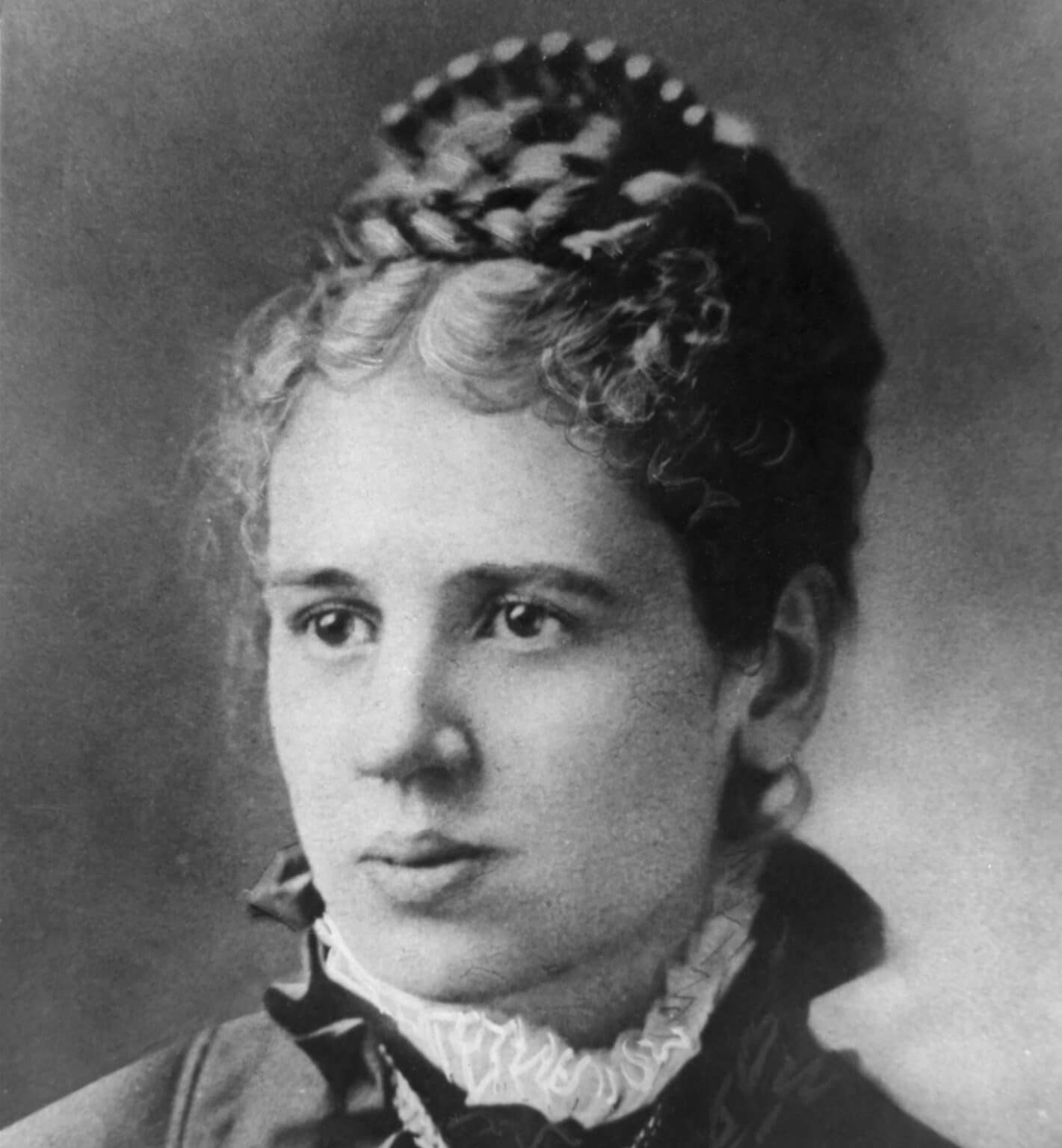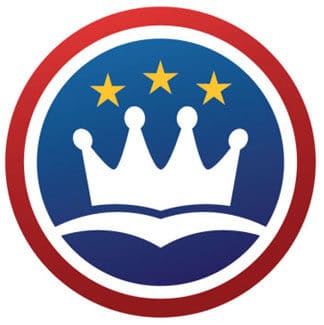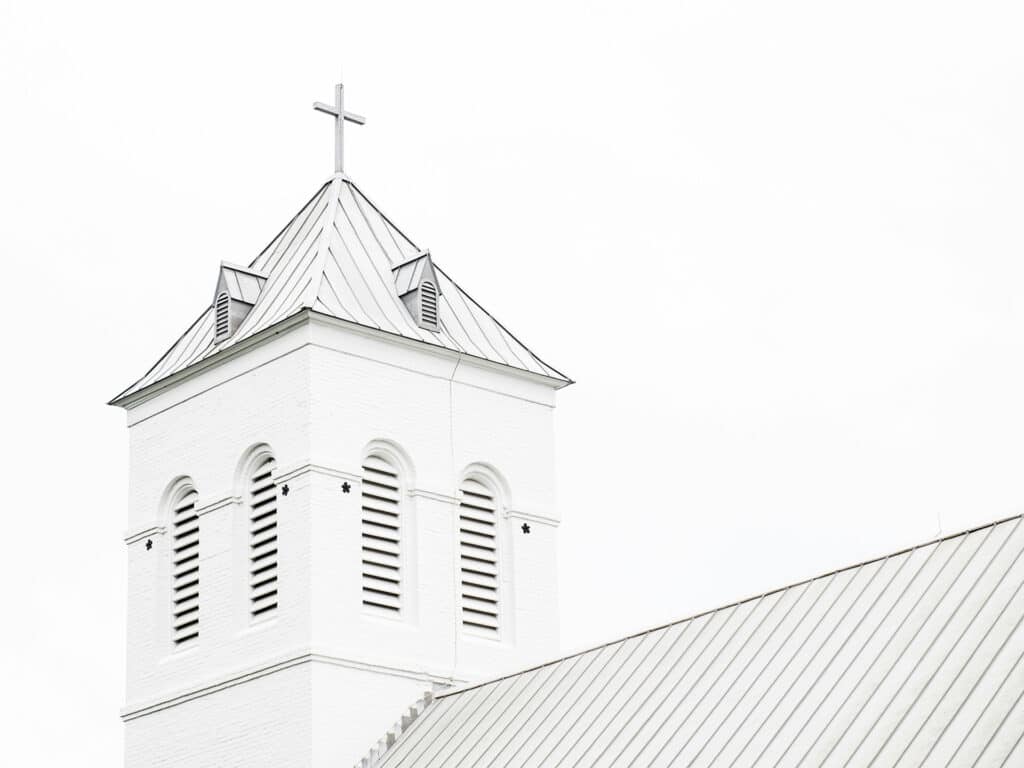Each year, churches affiliated with the Southern Baptist Convention (SBC) give generously to the Annie Armstrong Easter Offering (AAEO). The AAEO is the primary way the SBC, through the North American Missions Board (NAMB), supports mission efforts in North America. One hundred percent of gifts given to AAEO are used to support more than 2,200 missionary families serving across the United States and Canada.
Here are five facts you should know about Annie Armstrong and the Easter Offering she started.
1. Annie Walker Armstrong was born in 1850 in Baltimore, Maryland. Her father died when she was 2, leaving her and her four siblings to be raised by her Christian mother. Although raised in a Baptist church, Armstrong did not become a believer until she was 19. In a Sunday service during the Civil War, Armstrong’s pastor told his Baptist congregation, “The religion of Jesus Christ gives peace in the midst of trouble.” Wanting this peace for herself, Armstrong put her faith in Jesus that day.
2. Shortly after she became a Christian, Armstrong joined 100 other members of her congregation in planting Eutaw Place Church. She remained a member of that church for nearly 70 years, until her death in 1938. At Eutaw she taught the Infant Class (i.e., children under the age of 12) for almost half a century. She also, as Shannon Baker says, “maintained an interest in ministering to mothers, immigrants, the underprivileged, the sick, African Americans, Indians, and later in her life, her Jewish neighbors.” It was at Eutaw that Armstrong also developed a passion for missions.
3. Armstrong became the founder and president of the Ladies’ Bay View Mission, an organization that cared for the poor, located on the site where Johns Hopkins Bayview
Medical Center now stands. In 1880, at the age of 30, she served as the first president of the Woman’s Baptist Home Mission Society of Maryland, which involved women in supporting the SBC’s Home Mission Board (now known as the North American Mission Board). The society’s first priority locally was forming a school for Native Americans in what is now Oklahoma and ministering to Chinese immigrants and impoverished mountain people. Armstrong later became the corresponding secretary (equivalent to an executive director) of the Maryland Mission Rooms, later called the Mission Literature Department, SBC. Initially, this department served as a missions library and reading room, but later became a publisher and distributor of missions literature.
4. At the age of 38, Armstrong led in framing the constitution of the Woman’s Missionary Union (WMU), an auxiliary to the SBC. She served as corresponding secretary until 1906. During this time she refused a salary for her work because she would never give to the Lord “that which costs me nothing” (2 Samuel 24:24). While at WMU, Armstrong and missionary Lottie Moon proposed a Christmas Offering to raise money to send single women to China to work with Moon. The offering, which raised enough for three missionaries, became the precursor to the Lottie Moon Christmas Offering for Foreign Missions — so named at Armstrong’s recommendation — which has raised billions from SBC churches and members for foreign missions.
5. Armstrong proposed the first WMU self-denial offering for Home Missions. In 1934, it was named in honor of Armstrong. To date, more than $2 billion has been donated by Southern Baptist churches and individuals to the AAEO, which supports thousands of missionaries in church planting and compassion ministries. While 35% of NAMB’s budget is provided by the Cooperative Program, 50% is provided by the AAEO. As NAMB notes, “Because of this sacrificial giving, millions of lives have been and continue to be transformed by the power of the gospel.”
The post 5 facts about Annie Armstrong and the Easter Offering appeared first on ERLC.







